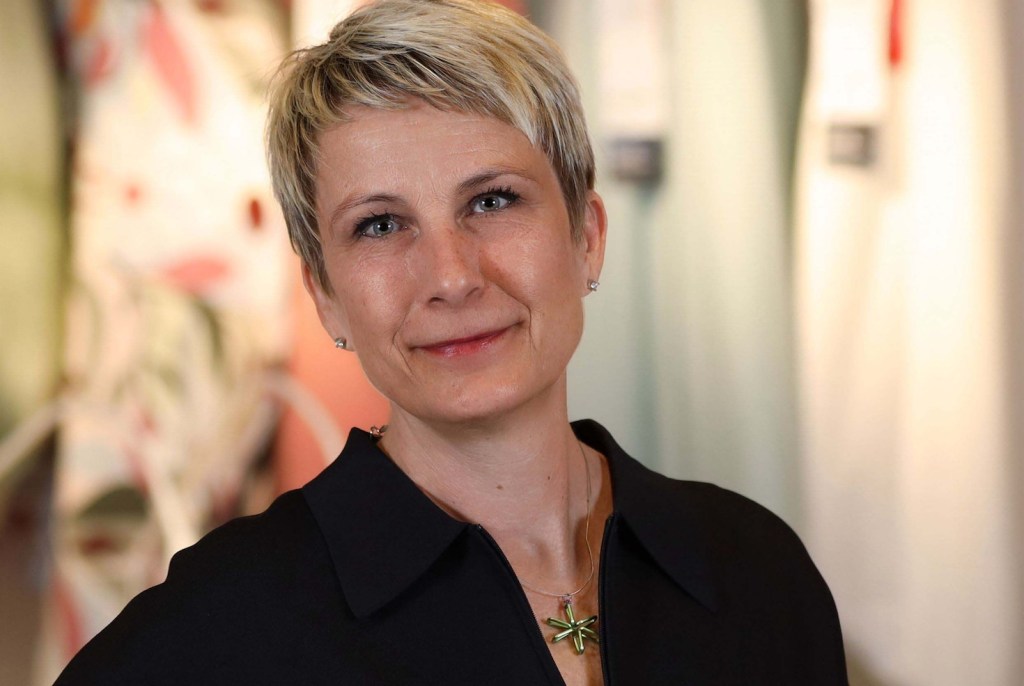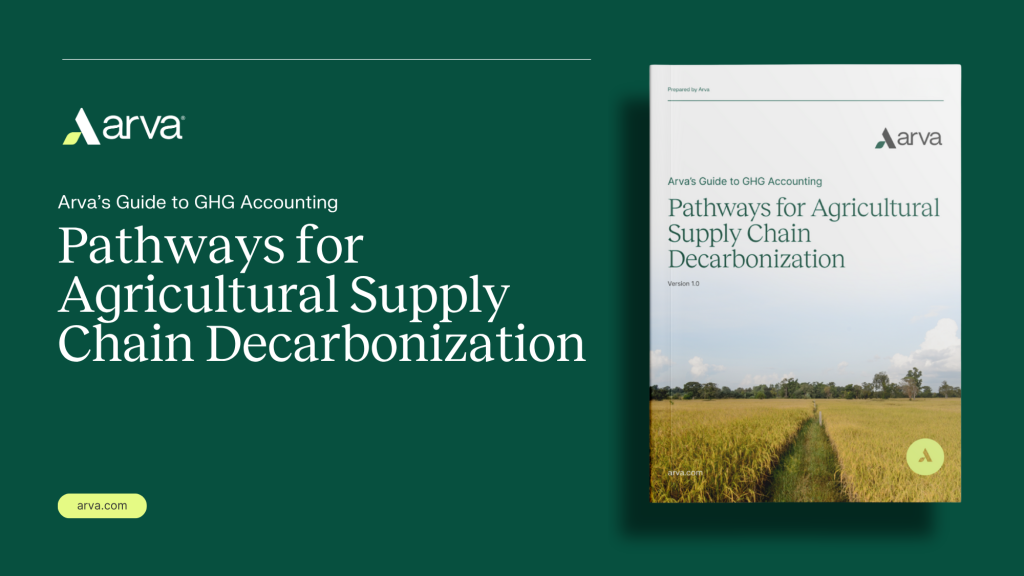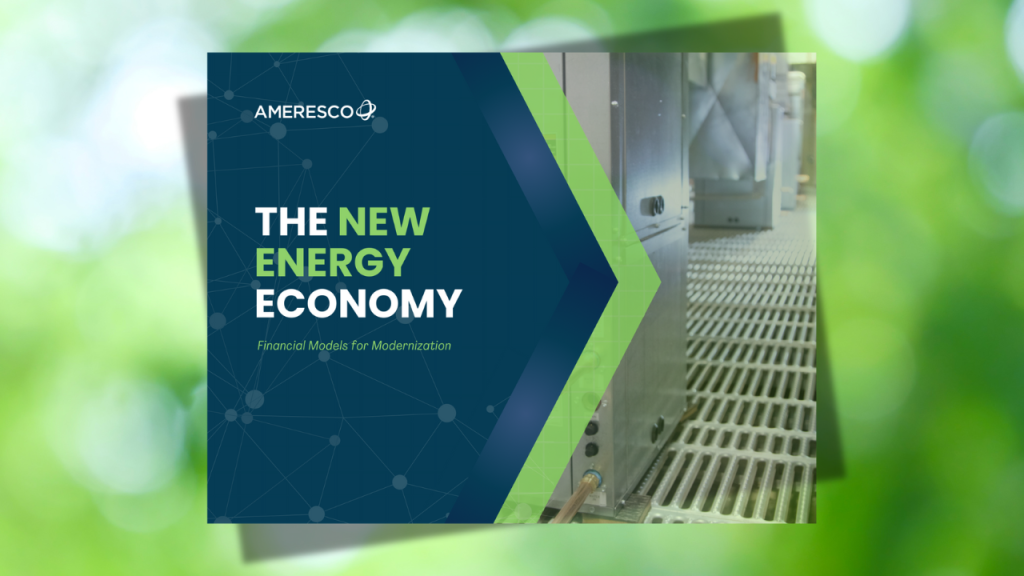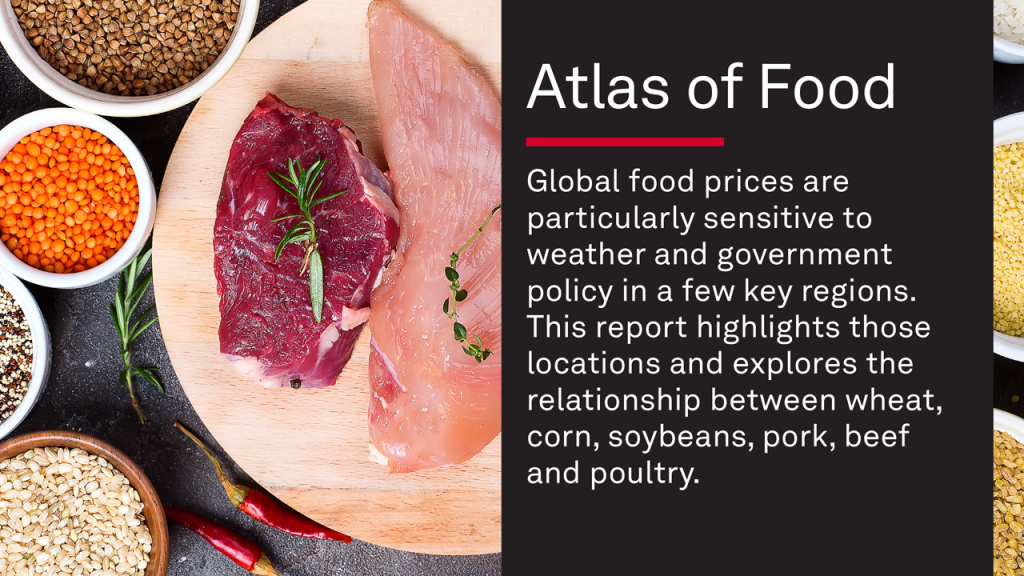IKEA taps former textiles leader as new CSO
Lena Julle, who has deep supply chain experience, most recently managed sustainability for the Swedish home furnishings line. Read More

- Julle’s experience in the textile division jibes with IKEA’s need to deeply reduce its use of raw materials.
- She also helped to shape home furnishing division’s circular economy practices.
- IKEA’s science-based targets include cutting its climate footprint in half by 2030.
Send news about sustainability leadership roles, promotions and departures to editor@trellis.net.
Inter IKEA Group, which makes the wide range of home goods sold in IKEA stores, has officially named the former head of its textile supply chain strategy as its new chief sustainability officer.
Lena Julle, who has been with IKEA for more than 30 years, had been acting CSO since September, when Pär Stenmark stepped aside to prepare for a new, as-yet-undeclared, role within the company.
Julle’s permanent appointment became effective May 1, after nearly two years of her being readied for the position. Most recently, as the sustainability manager for IKEA Range, which guides the manufacturing of home furnishings from sofas to kitchenware, Julle was involved in shaping the division’s burgeoning circular economy practices. Prior to that, she managed supply chain operations for the textiles division for six years.
“With her leadership and deep knowledge of IKEA, Lena has continued our journey to be more sustainable in everything we do,” said Inter IKEA CEO Jon Abrahamsson Ring. “As acting chief sustainability officer, she’s already made strong contributions in our journey towards net zero and further developed the overall IKEA sustainability agenda.”
IKEA’s science-based targets include a goal to cut its climate footprint in half across all three emissions scopes by 2030, based on a 2016 baseline. The company reported a cumulative reduction of 28 percent as of the fiscal year that ended August 31.
One of the thorniest challenges in delivering that 2030 commitment is reducing the impact of raw materials and extraction, which accounted for 52 percent of IKEA’s footprint in 2024. Textiles and “comfort materials” such as foam used to stuff sofas are the third biggest chunk in that category after metals and wood. Julle’s experience with that supply chain will be invaluable in finding alternative sources and increasing the percentage of recycled content used in IKEA manufacturing.
“Creating smart, well-designed, functional products for everyday use at home, based on our life-at-home expertise, while making steady progress on our sustainability agenda, presents a tremendous opportunity,” Julle said.
[The sustainability agenda is broad, deep and changing fast. Join Trellis Network to gain the powerful peer network you need to drive more impact.]

Subscribe to Trellis Briefing
Featured Reports

The Premier Event for Sustainable Business Leaders
















